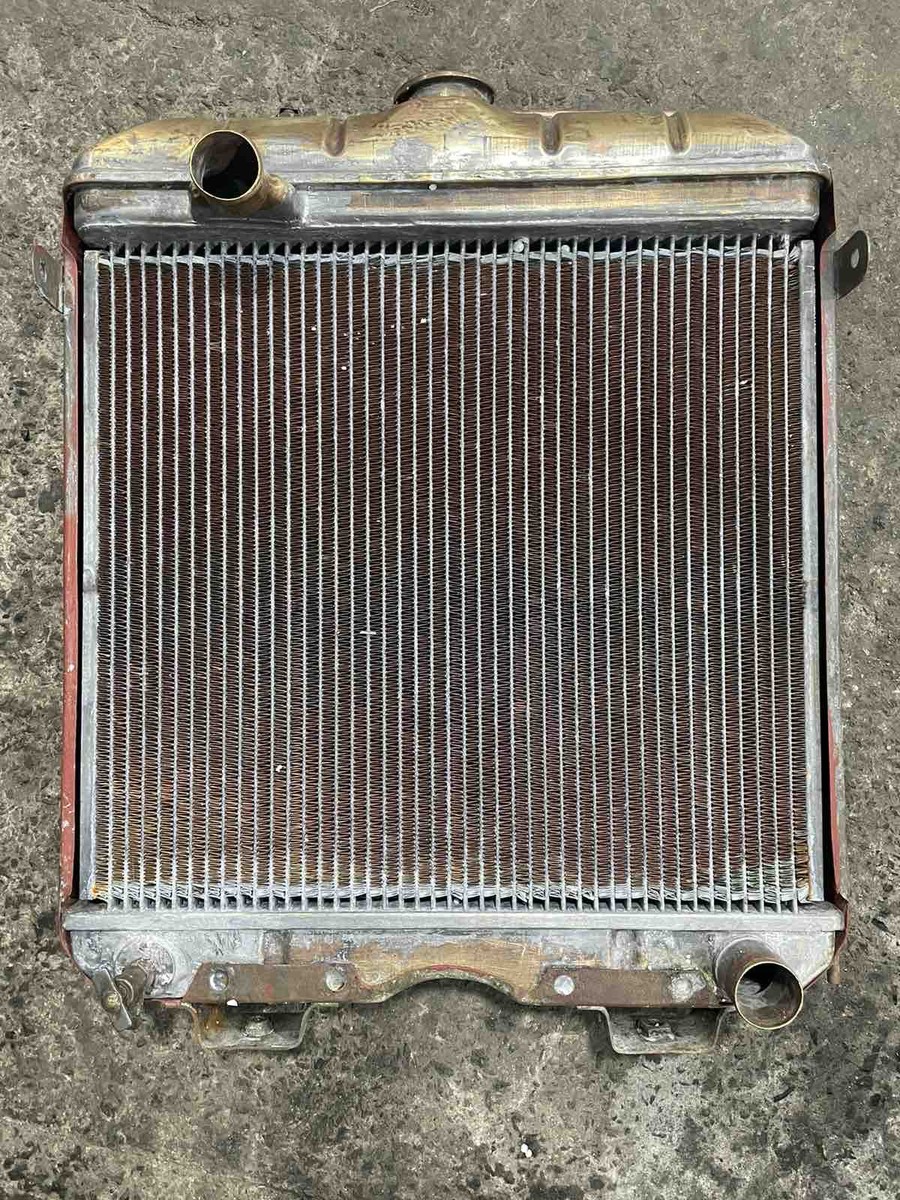e
Restoration of copper radiators
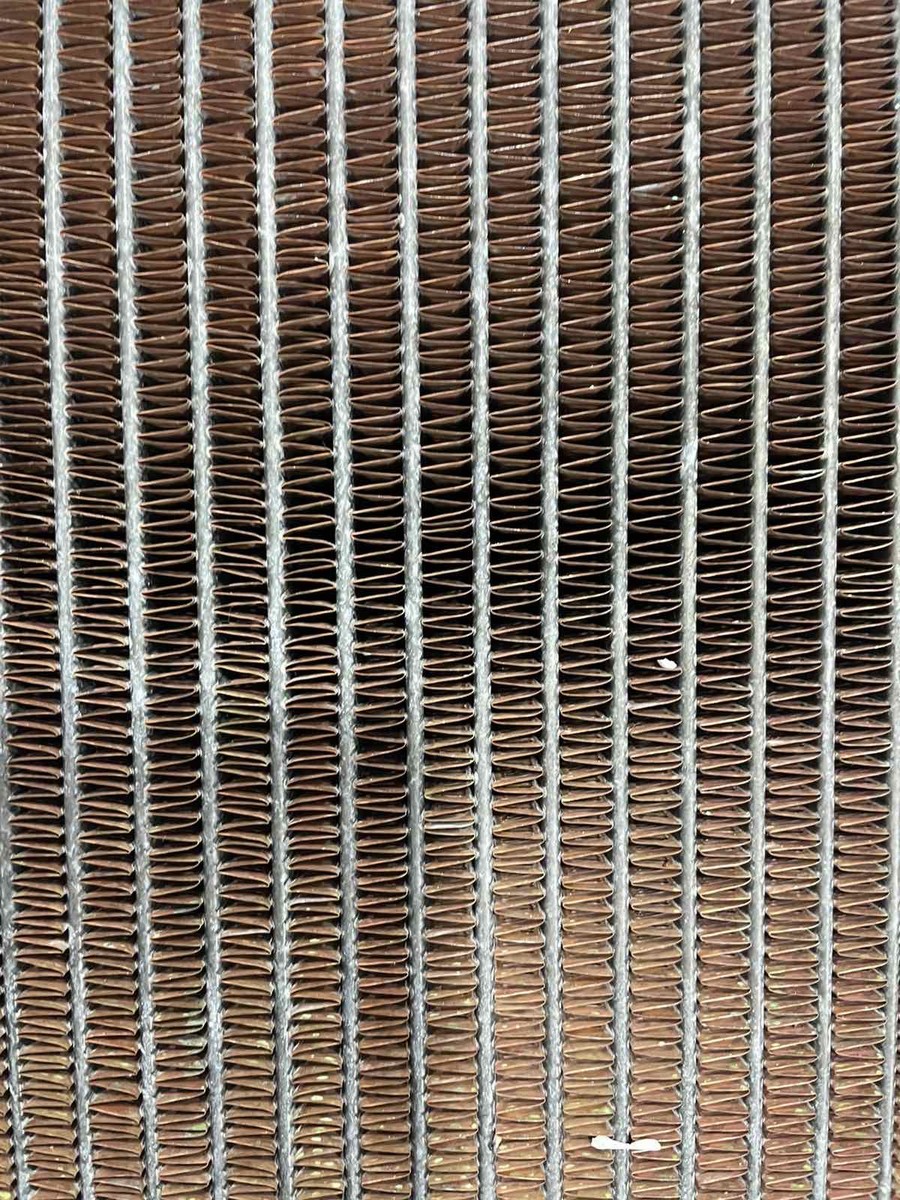
Automotive radiators are among the most important components of any vehicle's cooling system. For classic cars, which can be over 50 years old, copper radiators can be susceptible to corrosion and wear, which can lead to poor performance and damage to the car.
In this article, we'll take a look at the main steps required to restore copper car radiators for classic cars.
Step 1: Diagnosis of the radiator. Before you start restoring a copper radiator, you need to assess its condition. Determining the possibility of repair and its cost includes the following steps: visual assessment of the radiator condition; checking the geometry (dimensions); pressure testing.
Step 2: Cleaning the radiator Before starting the radiator restoration, it must be cleaned. Deposits on the walls inside radiators and heat exchangers are the result of prolonged or improper operation. It becomes necessary to clean them. This can be done using various methods, such as mechanical cleaning, chemical cleaning, or electrolytic cleaning.
Step 3: Repairing Heat Sink Damage
Once the heat sink has been cleaned, it is necessary to replace or solder the damaged elements. We perform: soldering of damaged honeycombs; replacement of filler necks, nozzles, drain plugs (taps), restoration of fasteners. We use tin solders (POS-40, POS-60), phosphoric copper, and brass. For critical connections, we use silver-containing solders.
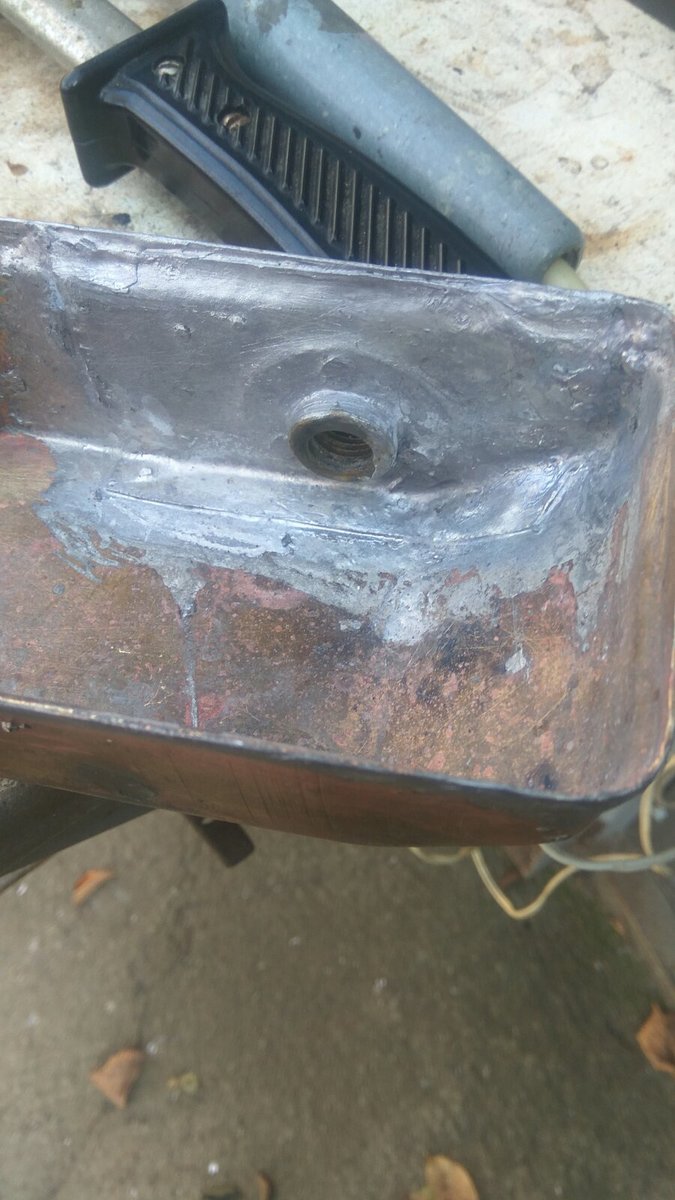
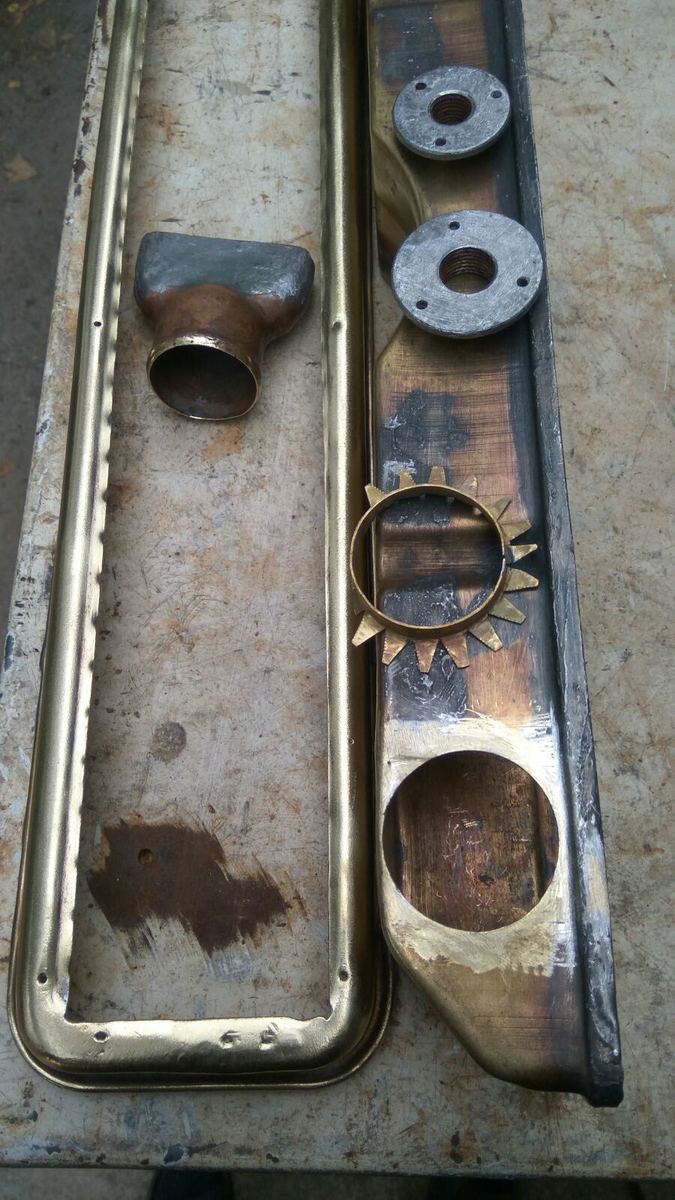
Step 4: Replacing radiator elements
Most often, it is necessary to replace radiator elements, either tanks or cores (copper heat exchanger). Unfortunately, it is impossible to use new radiator tanks today, due to difficulties in production, so we use a repair fund of used tanks.
Core replacement. We replace radiator cores. We use high quality copper cores made in Denmark or the UAE. The core for copper radiators is made to order according to the exact dimensions of the sample. The production time is about a month.
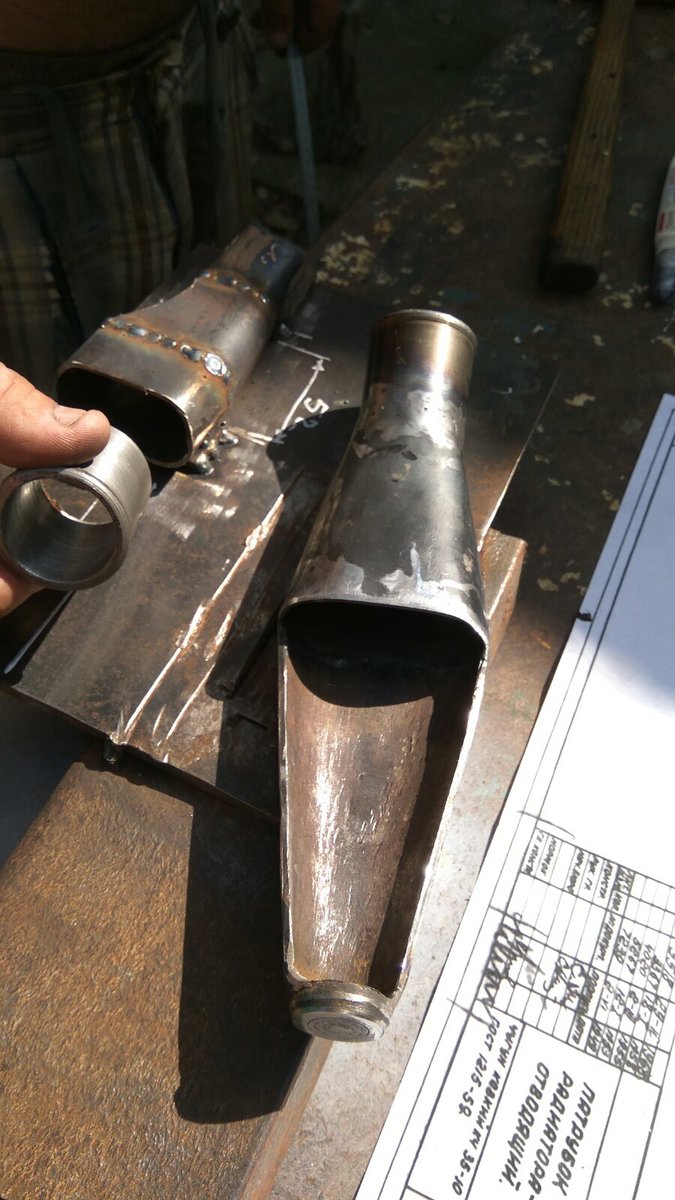
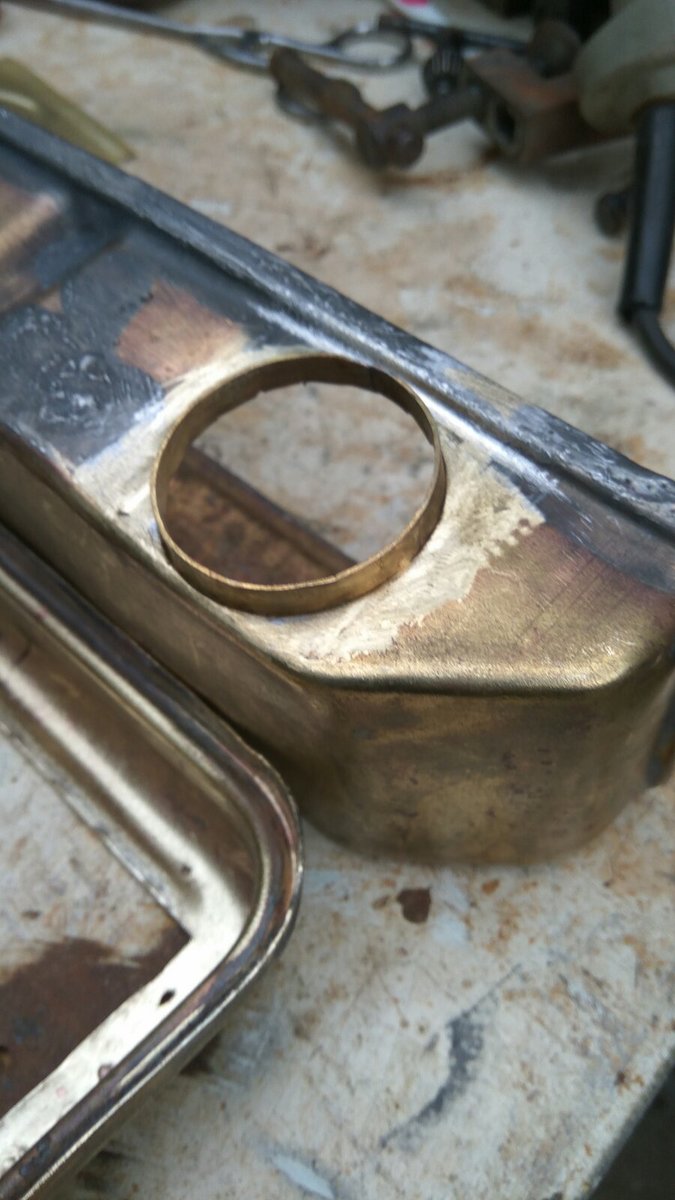
Step 5. Inspection
The finished radiator must be checked for leaks. To make sure that there are no more defects.
